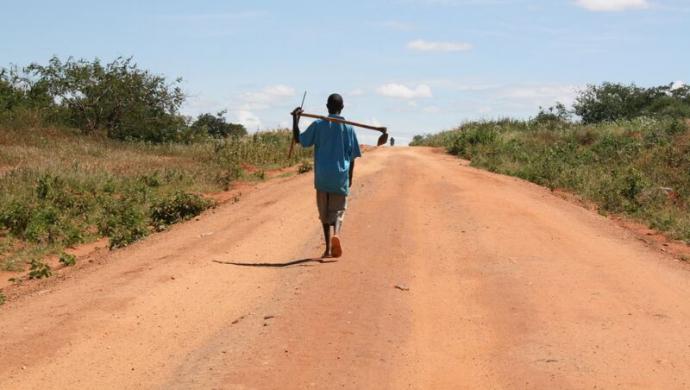The World Health Organization (WHO) has halved its estimate of annual malaria cases from “over 500 million” to 247 million in 2006, according to its latest World Malaria report 2008.
Estimates of deaths from malaria were also revised downwards, from “more than a million” to 881.000 a year.
At least seven African countries or regions have reduced malaria deaths by half following a drive to protect people through the use of bed nets, treat those who fall sick and eliminate mosquitoes, the WHO said Friday.
The success stories include Eritrea, Rwanda and the island nation of Sao Tome and Principe, which are not only managing to prevent and treat malaria but also have good data on cases and deaths.
In a report on the global burden of the disease, published Friday, the WHO says more countries may be reducing death rates, but do not yet have the statistics to prove it.
The new report also reduced the global death toll from the disease from the UN agencys previous reading, which was issued three years ago, by about 10 percent.
“The change is due primarily to a refinement of calculation methods. It is not known if cases and deaths actually declined between 2004 and 2006,” the WHO said in a statement.
Less than one-third of the WHOs 193 member states have reliable systems to monitor and document diseases such as malaria, whose initial symptoms closely resemble the flu, WHO Director-General Margaret Chan said in Geneva.
She said the malaria report will now be issued yearly so that decision-makers have up-to-date information on the disease.
– With dramatic increases in funding and intense momentum towards reducing the malaria burden in recent years, we have a greater need for reliable information and analysis, she noted.
In Africa only 125 million people were protected by mosquito nets in 2007, while 650 million are still at risk. A lot of surveyed countries still lack sufficient resources to tackle the disease and access to treatment is still inadequate, said the report.
Most African countries are way off meeting the 80 percent coverage target for the four main treatments – mosquito nets, drugs, indoor insecticide spray and treatment during pregnancy – set by the WHO in 2005.
Yet, the report noted some progress in malaria control, particularly in African countries.
Recent increases in malaria funding were beginning to translate to coverage of key malaria interventions, especially mosquito nets, by 2006, the report said.
The percentage of children protected by insecticide-treated nets increased almost eightfold, from 3 percent in 2001 to 23 percent in 18 African countries in 2006, it said.
Kilde: www.worldbank.org















